
|
|
By: Wonder Guchu
The mines ministry has approved the African Pioneer Mining license for Ongombo Copper Project, and the company intends to fast-track all activities to meet what is anticipated to be huge copper demand during the latter part of 2023.
The Project will be a low-grade and low tonnage operation. Therefore, the mine will be a low-cost operation, and designs will be directed at keeping operating and capital costs to a minimum.
The Ongombo Project lies within the Matchless member of the Kuiseb Formation, a conspicuous assemblage of lenses of foliated amphibolite, chlorite-amphibolite schist, talc schist and metagabbro.
This belt, up to 5km wide in the Otjihase area, stretches 350km east-north-eastwards in the Southern Zone of the Damara Orogen from the Gorob – Hope area towards Steinhausen, north of Omitara.
The target production rates to be evaluated are set for a 40ktpm operation. The proposed Project is in Central Namibia near the Windhoek District, 1.5km northeast of the Otjihase Mine and 45km from Windhoek in the Khomas Region.
African Pioneer executive chairperson Colin Bird confirmed the approval.
“We are very pleased to announce our mining license for Ongombo has been approved by the Ministry of Mines in Namibia. This is a significant step forward for the company,” Bird said.
Bird also said their near-surface drilling programme has been very successful, consistently providing good copper and gold results.
According to Bird, this drilling programme will provide an open cast opportunity for the first two years of operation, thus reducing the impact of onerous early capital on the DCF model and bringing the operation into cash flow very quickly.
“We anticipate accessing the underground resource ex-open pit, and this will reduce both capital and time in opening up the underground resource. We intend to move into project implementation, including final plant design, open pit and mine design, and contractor appointments,” he said.
The Near-Surface Mineralisation & Drill Programme
The company said a zone of presumed mineralization extending approximately 180m from the outcropping gossan that identifies the Ongombo orebody at surface down-dip had been drilled.
“Historic low-density drilling failed to define any mineralization, and it was assumed that as the orebody progressed up-dip towards the gossan outcrop, sulphide mineralization in the form of pyrite and chalcopyrite would give way to oxides of copper.
“Recent drilling has broadly defined a zone of predominantly copper sulphide mineralization to depths of around 10 to 15m vertical depth,” the company reported.
Furthermore, the company said on completion of the balance of drilling and the receipt of outstanding assays, a mineral resource estimate will be generated by external consultants that are expected to add to the existing underground resource and generate a new open pittable mineral resource.
“Open pit excavation will potentially reduce the amount of primary underground development required to access underground ore by stripping waste rock to expose the mineralized horizon and ultimately leaving a high wall that can be used to develop a portal for the planned decline,’ it also said.
According to the company, work will be done to optimize the open pit resource to generate a mineable resource sufficient to feed a plant for a minimum of 12 months whilst primary development advances to access underground ore.
Further studies are required to confirm the amenability of Ongombo ore to standard flotation processing.
The provisional assessment indicates that the ore is typical of that found on this part of the Matchless Belt and, therefore, is suitable for recovering copper and gold through floatation.
African Pioneer plc is the exploration and resource development company with projects located in Namibia, Botswana, and Zambia is pleased to inform shareholders that the Ongombo Mining License has been approved and that ongoing shallow drilling continues to define near-surface copper-gold mineralization to be assessed for possible open pit extraction in addition to the already defined underground mineral resource.
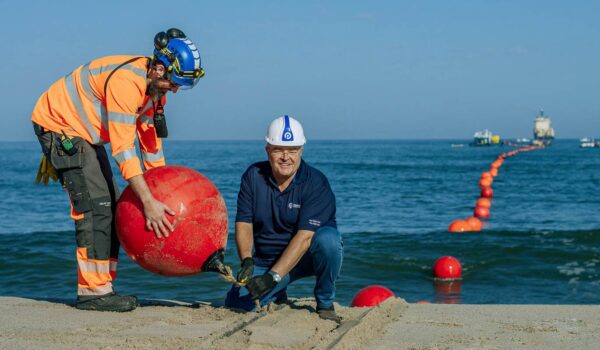

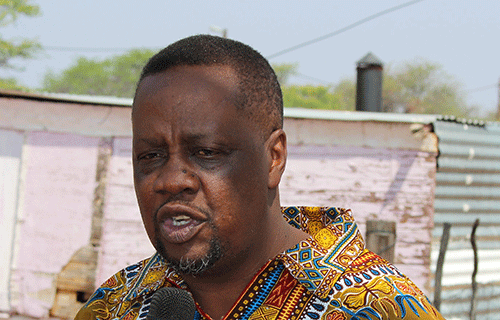

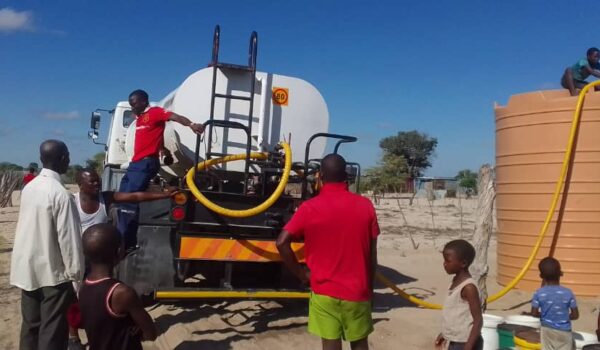
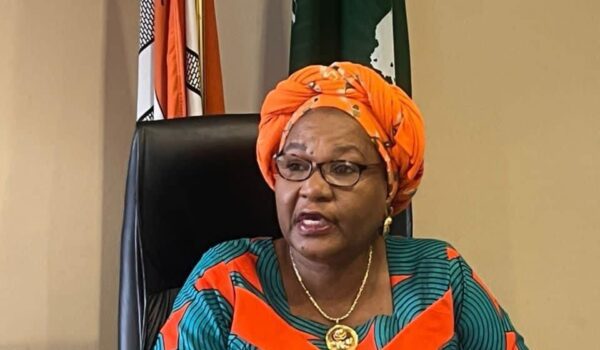
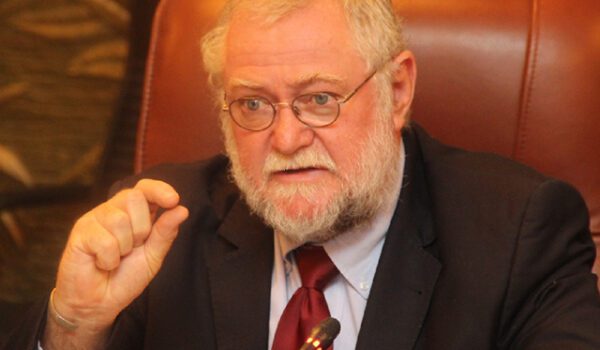
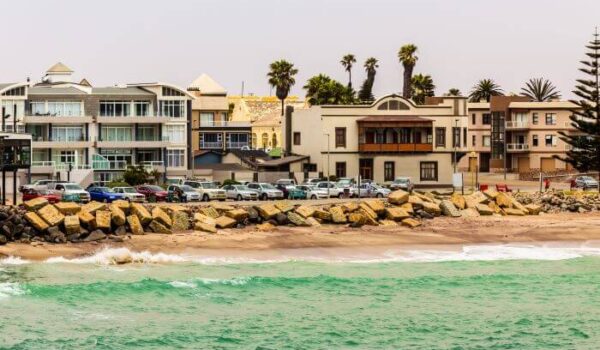

Comments